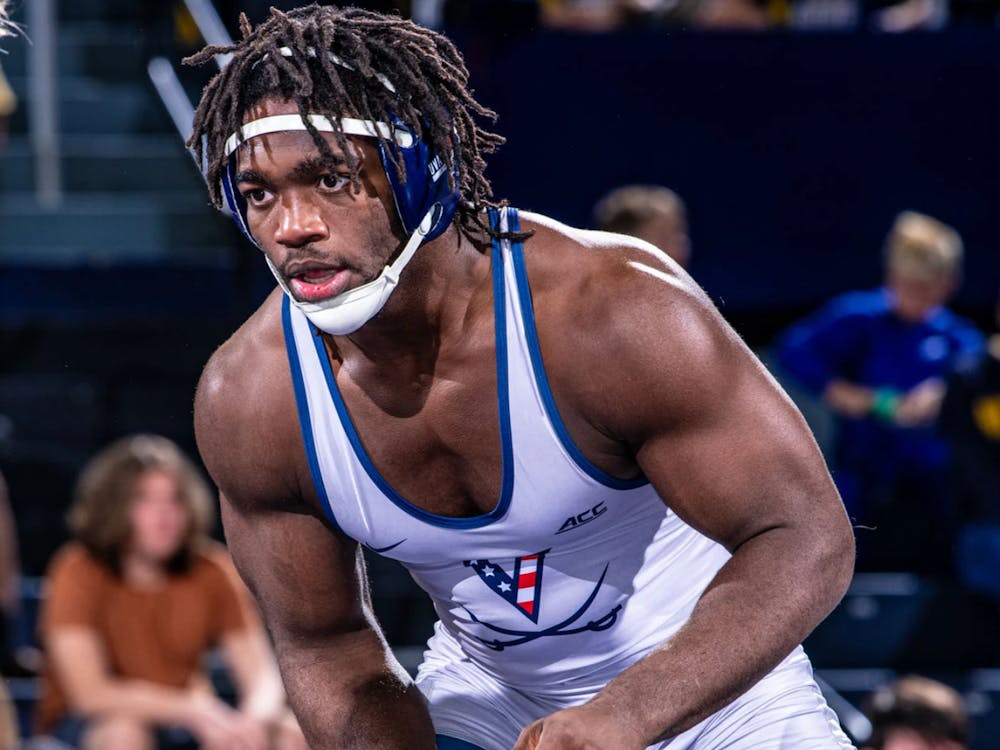A look at the win-loss records indicates that the 2000-2001 season was one of the Virginia athletics program's worst in recent memory. The Cavaliers finished 30th in the Sears Directors' Cup standings, down from 13th in 1999-2000 and eighth in 1998-1999. The numbers seem to show a program on the decline. But over the past year, former Director of Athletics Terry Holland and his replacement, Craig Littlepage, have made all the right moves to right the ship.
The first test for the new season came from the football team. Coach George Welsh resigned after a 6-6 season that ended the Cavaliers' 13-season streak with seven or more wins. That left Holland and University President John T. Casteen III with a decision: How do you replace the man who put Virginia's football program on the map?
Candidates came out of the woodwork to apply for the job. Former Penn State offensive coordinator Jerry Sandusky and Florida State offensive coordinator Mark Richt, now the head coach at Georgia, threw their hats into the ring. But when the dust settled, Holland and Casteen had pulled off the unthinkable. Al Groh was leaving the New York Jets after one season to coach his alma mater.
Although Groh has yet to win a game for the University, hiring him appears to have been the right move. Groh changed the team's defensive scheme, recruited a strong first class and injected life into a stagnant program.
But just as Holland and Littlepage seemed to set Virginia football's recovery in motion, a challenge of a different sort reared its ugly head in March. A task force conducted an in-depth study of the athletics department and made several recommendations to help control its budget deficit. Among those suggestions were the elimination of the men's indoor track team, the addition of a women's golf team and the reorganization of University sports into a tier system that would determine the level of funding for each sport.
In the midst of Holland's move to the new position of a special assistant to Casteen, Holland and the rest of the athletics department scrutinized the proposals and decided not to cut and reorganize sports. Instead, the University would increase fund-raising efforts to support the existing programs.
The decision on the task force report was the correct one. Cutting men's indoor track would have effectively killed the men's track program and would have been a dangerous precedent for a state university to set. Holland and his interim successor, Littlepage, have shown an ability to look past money when making decisions that affect not only athletics programs, but also the University as a whole.
The decisions made by Holland, Littlepage and Casteen have put the athletics department on the right course. The 30th-place finish in the Sears Cup this year appears to be an exception, not the rule. The Virginia athletics department is on its way back as one of the strongest athletics programs in the country.






